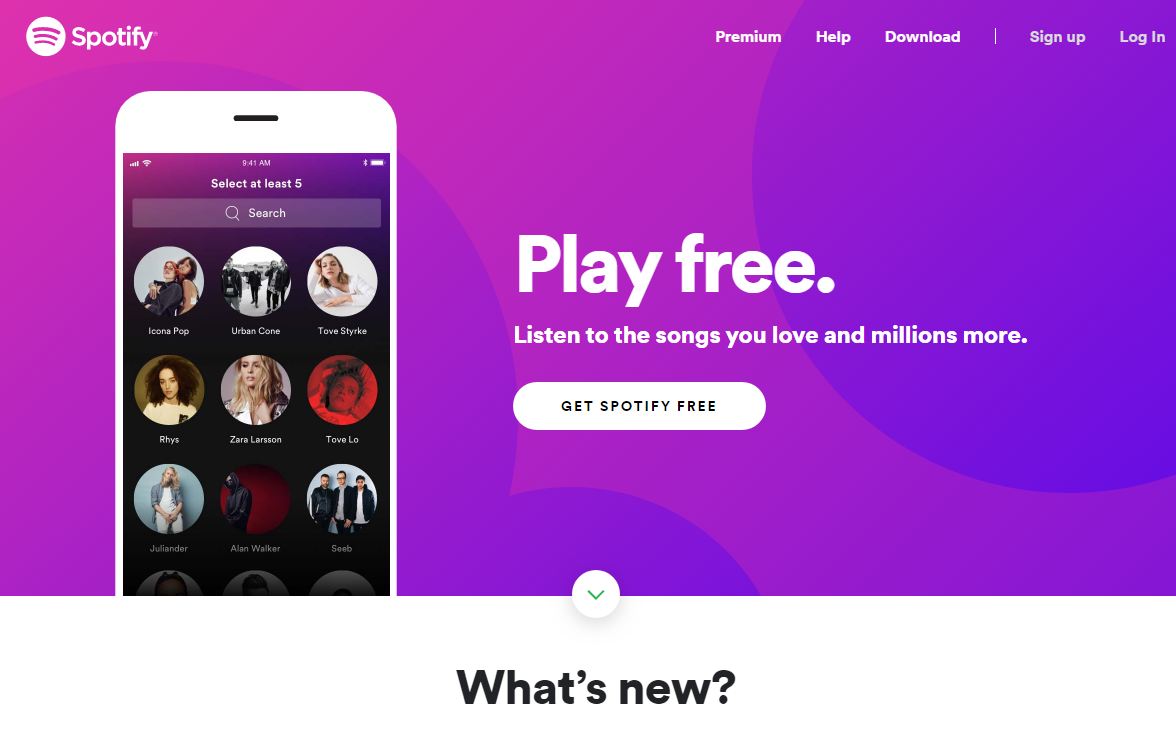PPC advertising is a powerful marketing strategy for bloggers — the first three paid ads in the Google search results receive 41% of all total clicks. While PPC ads are relatively easy to implement and monitor, the technology behind them is surprisingly complex. For this reason, it’s essential bloggers know how to use the advanced PPC features that will ultimately allow them to optimize their ads effectively and achieve maximum success.
Smart Bidding
Optimizing your keyword bids helps improve the performance of your PPC campaign by as much as 31%. And now smart bidding can be used to automate and optimize your keyword bids to provide the highest ROI possible. Smart bidding predicts the chance of a conversion by using machine learning to look critically at past user search behavior and contextual data (which includes devices, location, time, and the ad’s past performance, as well as other factors). When a conversion seems likely, your bid automatically increases to best reach your campaign targets. There are several different smart bidding strategies available designed to achieve different targets. Your choices include: target cost-per-action (CPA), target cost-per-click (CPC), target impression share, and target return on ad spend (ROAS). Despite these benefits, some bloggers still opt for manual bidding for the greater level of control it provides (although this is more time-consuming). Regardless of whether you prefer manual or smart bidding, professional PPC management can help optimize and monitor your ad campaigns for you. You can then turn your time and attention to other elements of running your blog and still be left with the highest ROI possible.
Optimized Ad Rotation
If you have your PPC ads set to rotation, you can now have the process optimized. Ad rotation uses machine learning to constantly test different ads to find out which one performs best for your target audience and campaign goals. In order for ad rotation to perform best, however, you must optimize the process by including at least three ads in each of your ad groups. Most ad groups typically have less than three ads, which is pretty much useless when it comes to optimizing for clicks and conversions. No matter how advanced machine algorithms are, they need the right quality and quantity of data to boost your ad performance. By making sure you have a variety of ads in each ad group, you can provide Google with enough of the data it needs to perform statistically relevant tests.
Custom Intent Audiences
Just recently launched by Google, custom intent audiences work to target your ideal audience and ultimately boost your ROI. Machine learning technology is used to look at your existing ad campaigns and create custom intent audiences based on relevant data. It does this by identifying the popular keywords and URLs your target audience already looks at. For example, a past ad campaign reveals people who look at sporting goods sites also research all-weather running shoes. A “waterproof trail running shoe” custom intent audience was then automatically created by Google, which makes it easier for relevant PPC ads to target this specific group of customers. Google automatically generates its own list of custom intent audiences for your blog, which you find in the “custom intent” tab.
It’s important to constantly monitor the progress and results of your PPC campaigns. This allows you to see where your money is going and make any necessary adjustments to improve performance. By implementing these simple optimization tips, you can get the most out of your PPC strategy and achieve maximum blogging success.



